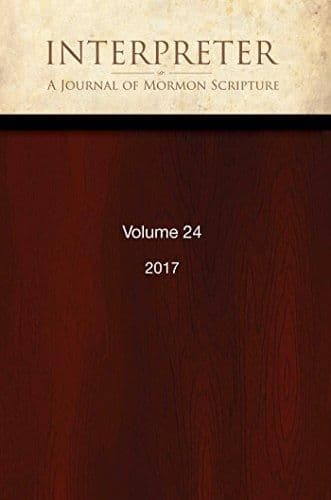Journal
Answering the Critics in 44 Rebuttal Points

Title
Answering the Critics in 44 Rebuttal Points
Publication Type
Journal Article
Year of Publication
2020
Authors
Stubbs, Brian D. (Primary)
Journal
Interpreter: A Journal of Latter-day Saint Faith and Scholarship
Pagination
237-292
Volume
37
Abstract
After publishing several articles in peer-reviewed journals, the author published Uto-Aztecan: A Comparative Vocabulary (2011), the new standard in comparative Uto-Aztecan, favorably reviewed and heartily welcomed by specialists in the field. Four years later, another large reference work, Exploring the Explanatory Power of Semitic and Egyptian in Uto-Aztecan (2015), was also favorably reviewed but not as joyfully welcomed among specialists as its predecessor. While some saw it as sound, more were silent. Some disliked the topic, but no one produced substantive refutations of it. In August 2019, Chris Rogers published a review, but John S. Robertson’s response to Rogers’s review and my response in the first 24 items rebutted below shed new light on his criticisms. Following on the heels of Rogers’s review, Magnus Pharao Hansen, specializing in Nahuatl, blogged objections to 14 Nahuatl items among the 1,528 sets. Rogers’s and Hansen’s articles gave rise to some critical commentary as well as to a few valid questions. What follows clarifies the misconceptions in Rogers’s review, responds to Hansen’s Nahuatl issues, and answers some reasonable questions raised by others.
Subject Keywords
Bibliographic Citation
Terms of use
Items in the BMC Archive are made publicly available for non-commercial, private use. Inclusion within the BMC Archive does not imply endorsement. Items do not represent the official views of The Church of Jesus Christ of Latter-day Saints or of Book of Mormon Central.